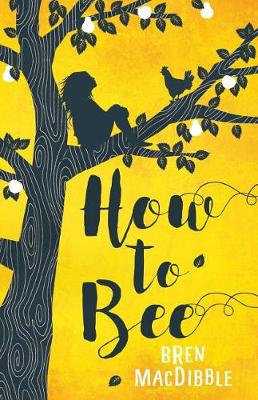
Kelly
Written on Jul 8, 2017
Peony is a perceptive and ambitious young lady, agile and slight, the perfect candidate to be awarded with the prestigious delegation of Bee. Peony and Magnolia share a wonderful relationship, their grandfather a tender and gentle man guiding two wonderful young ladies in the absence of their mother. The Goulburn Valley community is considerate, compassionate and although physically exhausting, the orchard is an invaluable resource.
Peony and Magnolia's mother is a woman who is effortlessly manipulated. Rosie relinquished her responsibilities and migrated to the urban district to provide for her family. Returning to Goulburn Valley, Rosie insists Peony accompany her, expected to serve a wealthy urban family. Peony is inconsolable. Rosie has embarked on a new relationship with a degenerate and violent man, examining domestic violence, child endangerment and parental neglect. The friendship between Peony and Esmeralda is endearing. Esmeralda is the daughter of Peony's new employer who experiences social agoraphobia. Through compassion, Peony and Esmeralda reach an understanding. Peony will encourage Esmeralda to alleviate her anxiety and sequentially, Peony will return to Goulburn Valley.
The honey bee is obsolete, famine resulted in the decimation of organic pollination and How To Bee introduces middle grade readers to the environmental impact human development, pesticides, disease and climate change have affected populations. Displaced families throughout the urban district are living below the poverty line, at Goulburn Valley, families reside in meagre dwellings and although the sense of community is wonderfully portrayed, the socioeconomic divide is prevalent. Displaced and forcibly removed from the Goulburn Valley environment, the narrative may also be perceived as a gentle reminder of Australia's colonisation.
How To Bee is enchanting and atmospheric. Captivating until the final page.
